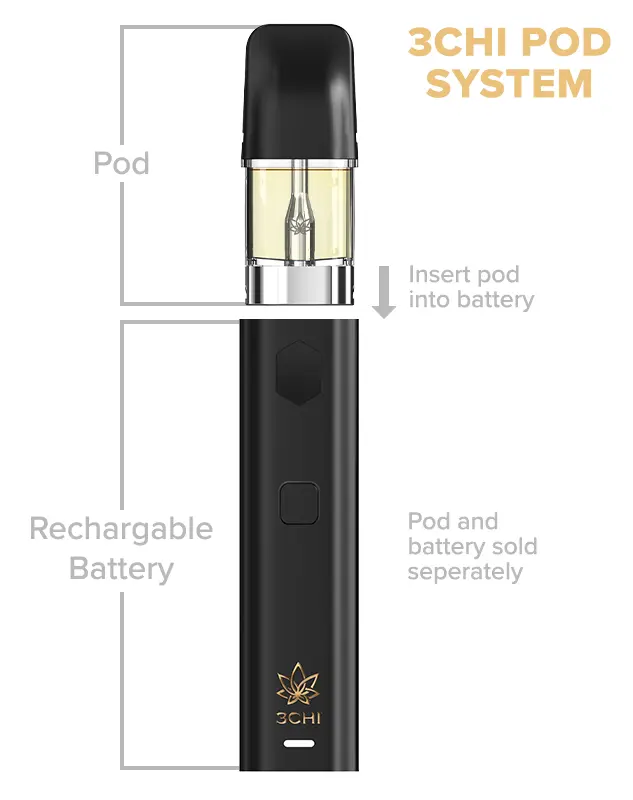Turn Products One-of-a-kind Vape Product: Boost Your Sales
Turn Products One-of-a-kind Vape Product: Boost Your Sales
Blog Article
The Environmental Effect of Disposable Vapes: Are They Genuinely Lasting?
As culture increasingly moves towards eco-conscious intake methods, the sustainability of items has actually come under scrutiny especially in the past. Disposable vapes, a booming market section in the vaping sector, have stimulated debates regarding their ecological impact. The comfort and ease of usage that non reusable vapes offer are indisputable, yet below the surface exists a complex web of eco-friendly consequences that increase inquiries about their real sustainability. With problems varying from resource removal to garbage disposal, delving into the environmental footprint of disposable vapes reveals a complex issue that should have more detailed examination.
Environmental Impact of Disposable Vapes

Unlike traditional vapes that can be replenished and recycled, non reusable vapes are created for a single-use cycle, causing a fast accumulation of digital waste. The manufacturing procedure of disposable vapes also eats beneficial resources and energy, further intensifying their environmental impact. Incorrect disposal of these gadgets can cause dirt and water contamination, positioning dangers to wildlife and environments.

Manufacturing Refine and Resource Usage
During the production of non reusable vapes, considerable quantities of resources and power are taken in, adding to their overall ecological impact. The production procedure of non reusable vapes entails the removal and processing of raw materials such as metals for the device components, plastic for the casing, and lithium-ion batteries for the power source. These procedures call for substantial power inputs and can cause the generation of greenhouse gas emissions, adding to environment adjustment. Additionally, the manufacturing of non reusable vapes often involves using non-renewable resources, even more diminishing finite materials.
Furthermore, the manufacturing of non reusable vapes likewise creates waste and pollution. The manufacturing procedure of non reusable vapes plays a significant role in their general ecological impact and sustainability factors to consider.
Waste Generation and Disposal Challenges
In light of the resource-intensive manufacturing procedure of non reusable vapes, the administration of waste generation and disposal offers considerable environmental difficulties. Disposable vapes add to the placing problem of digital waste due to their single-use nature and complicated composition.
Furthermore, the inappropriate disposal of non reusable vape cartridges, which typically include recurring pure nicotine and other toxic materials, can contaminate the setting otherwise managed correctly. The absence of standardized recycling programs for these cartridges exacerbates the trouble, with numerous ending up in routine waste streams.
To deal with these waste generation and disposal obstacles, it is crucial for makers to design even more sustainable vape items that are simpler to reuse. Furthermore, raised understanding and education on appropriate disposal approaches amongst customers are crucial in mitigating the ecological impact of disposable vapes.
Chemicals and Toxic Materials Use

Additionally, the batteries in non reusable vapes contain hefty metals such as lead, cadmium, and lithium, which are unsafe to the environment if not reused appropriately. Turn products. Inappropriate disposal of these batteries can result in soil and water contamination, posturing threats to ecological communities and human health and wellness. For that reason, the widespread use of chemicals and toxic materials in disposable vapes emphasizes the relevance of adopting lasting practices in their disposal, use, and production to mitigate damaging environmental impacts.
Lasting Alternatives and Solutions
What sustainable options and services can be applied to address the ecological effect of disposable vapes? In addition, promoting responsible disposal practices for disposable vapes, such as reusing programs, can assist alleviate the environmental effects connected with these items.
One more lasting remedy is the advancement of eco-friendly vape parts. Producers can discover making use of eco-friendly materials for vape casings, cartridges, and product packaging to lower the lasting ecological effect of these items. Motivating the use of vaping products with less chemical ingredients and toxic substances can additionally contribute to an extra lasting vaping industry.
Education and awareness projects can play an important duty in advertising lasting techniques amongst vapers - Turn products. By notifying consumers about the ecological influence of non reusable vapes and highlighting the advantages of eco-friendly options, individuals can make even more informed options that line up with environmental conservation efforts. Ultimately, a mix of governing procedures, technical advancements, and customer actions is necessary to deal with the environmental obstacles postured by disposable vapes
Final Thought
Finally, the environmental influence of disposable vapes is considerable as a result of the manufacturing procedure, resource usage, waste generation, and use chemicals. Sustainable alternatives and options should be thought about to mitigate these unfavorable results. It is important for manufacturers and consumers to prioritize environmentally pleasant practices to minimize the ecological harm brought on by non reusable vapes.
The ecological impact of non reusable vapes is a growing worry as their widespread usage contributes to plastic waste accumulation.Unlike traditional vapes that can be re-filled and reused, disposable vapes are site developed for a single-use cycle, leading to a rapid accumulation of electronic waste. The prevalent usage of chemicals and poisonous materials in non reusable vapes highlights the importance of adopting lasting methods in their production, usage, and disposal to reduce adverse environmental impacts.
By informing customers concerning the ecological influence of disposable vapes and highlighting the advantages of eco-friendly alternatives, people can make even more enlightened choices that line up with ecological preservation initiatives.In verdict, the environmental effect of disposable vapes is considerable due to the manufacturing process, their explanation source intake, waste generation, and usage of chemicals.
Report this page